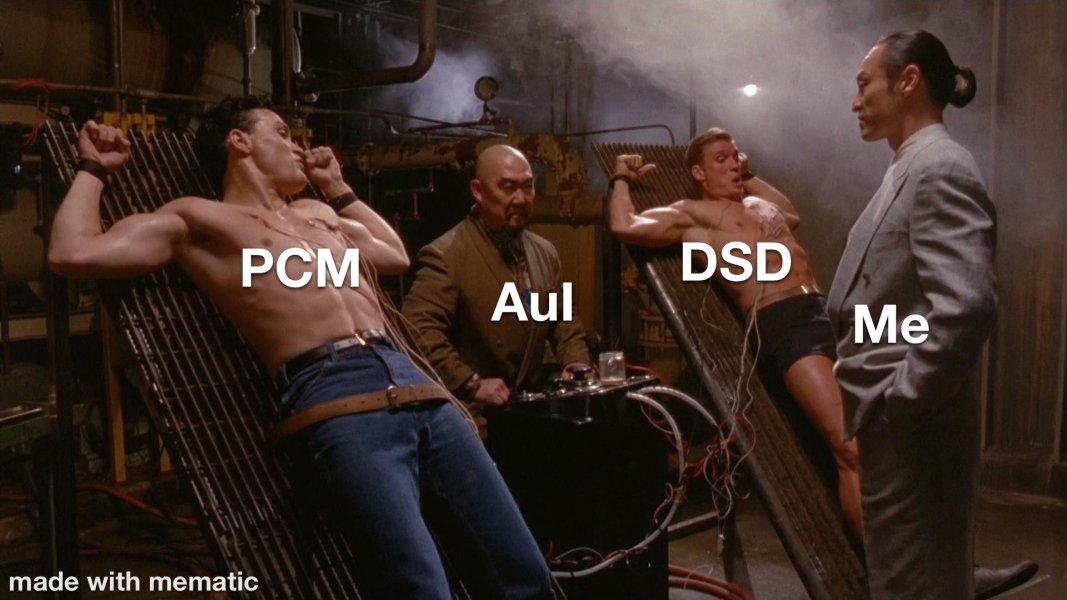HiI don’t think there are many recordings that have more than 18 bits of resolution.
You go the point correct, but..
It is actually worse.
There is no recording ever made with more than 15 bits of resolution, true resolution. The dynamic range of the mic-mic pre chain cannot transcend this barrier. Rest is random noise.(even for a 16bit rec, the 14-15 bit is actual useful data)
The average recordings are actually 14 bits at max.
Our dacs shift the 16 bits to 18 bits (so useful resolution is the native 16 bit ) and on 24bit you use the 18 MSBs.
24bit and 32 bit audio is a good marketing tool, but these is the state of things unfortunately. Actual data on a 24 bit recording is the first 14-15 bit, rest is random noise.
Cheers
Stavros


